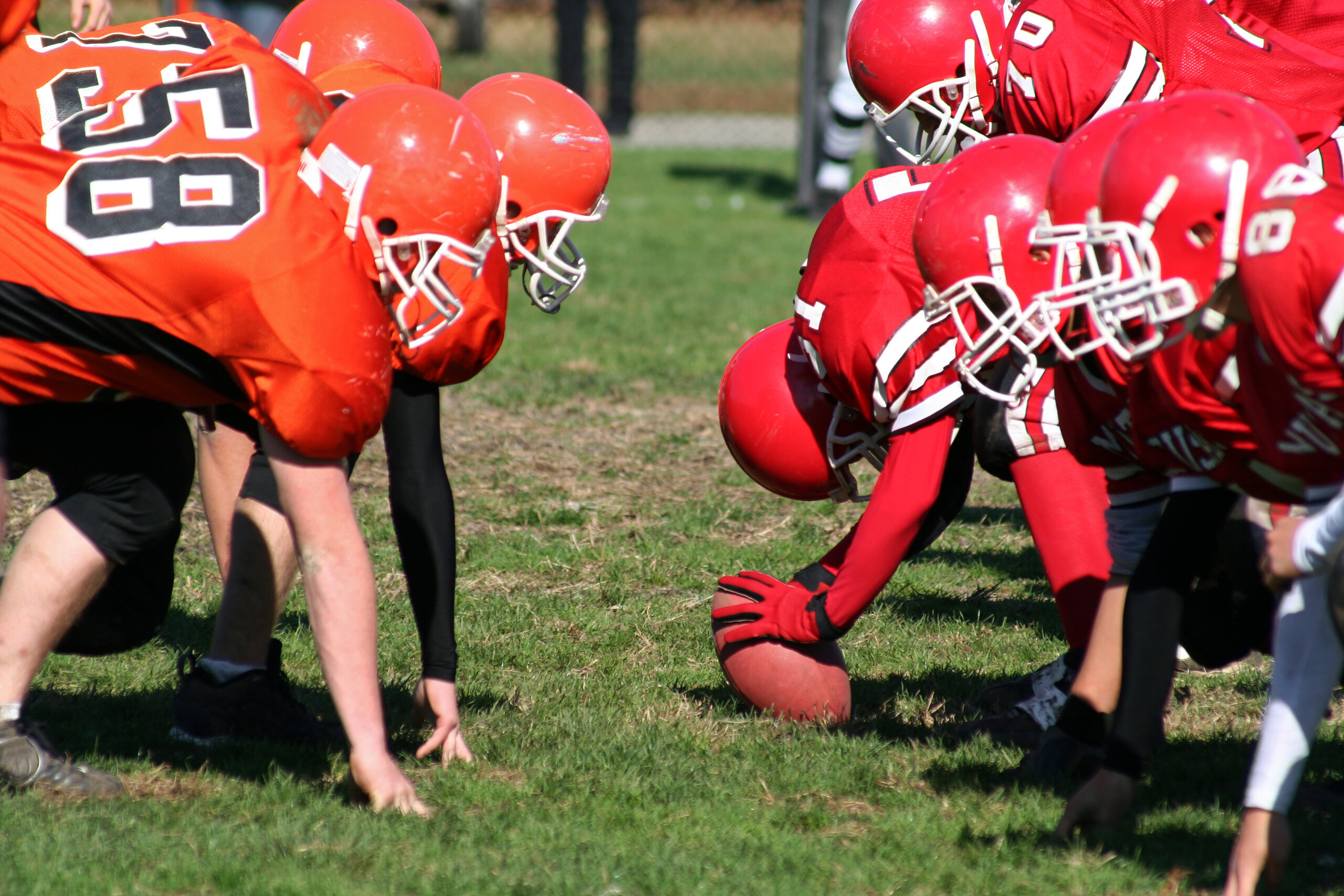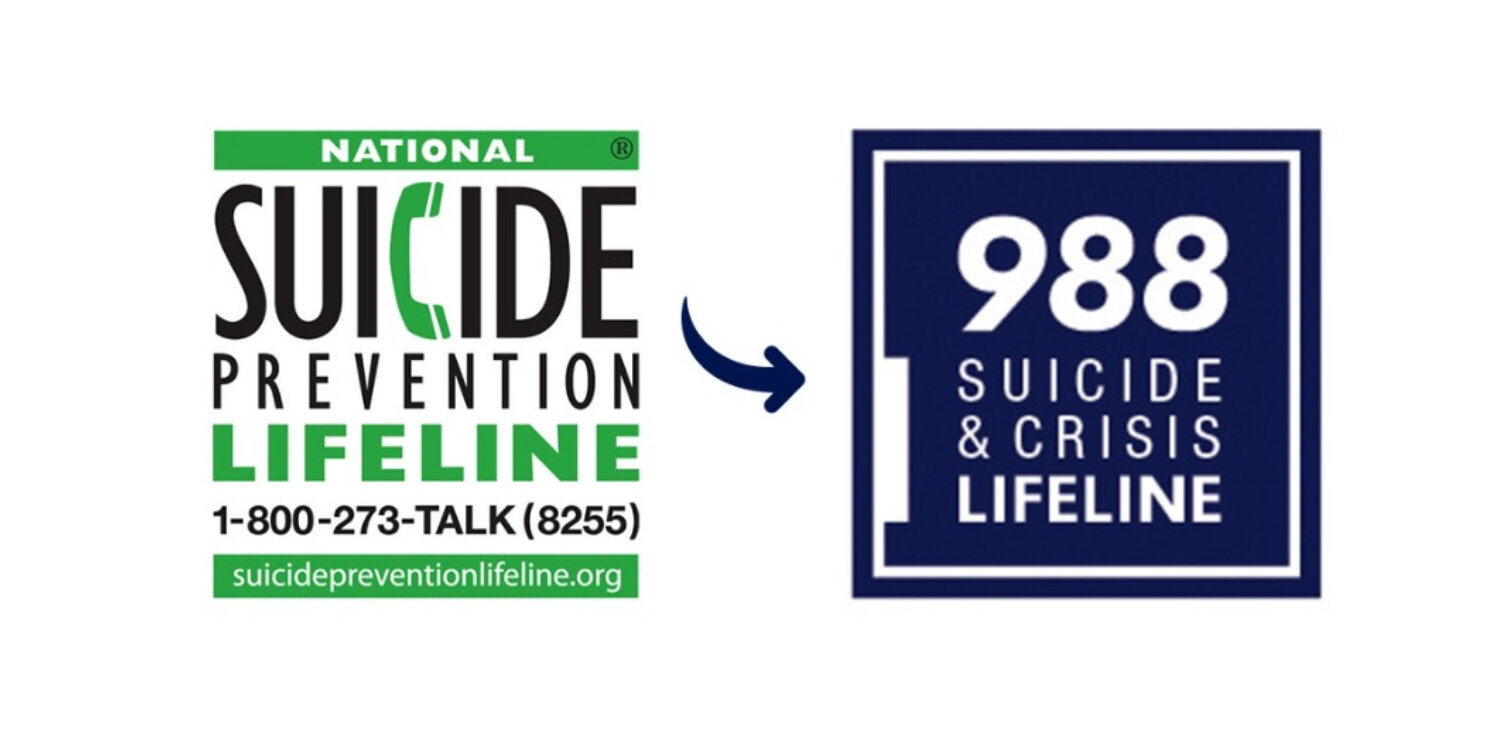Great effort is spent developing concussion protocols at the collegiate and professional levels to maximize player safety. However, the same level of commitment is not present at the youth level. Protecting young athletes is vital to their development and the longevity and success of our favorite sports. In recent years, youth participation in contact sports has declined due to their inherent risk of concussion. By making a dedicated commitment to implementing concussion protocols in youth sports, play will be safer, and parents can be more comfortable supporting their child’s decision to participate in contact sports.
Concussions are dangerous for all ages, but concussions can be especially harmful for young athletes. Young athletes are at a greater risk of concussions because their brains are still developing and supporting structures are not as robust. Parents and coaches must take more precautions and implement preventative measures to protect young players from head injuries. Repeated concussions have a profoundly negative impact on the cognitive abilities of any individual; it is imperative to provide young players with specialized concussion protocols to maximize their safety, recovery, and future.
A Meta-Analysis done a few years ago by the British Journal of Sports Medicine on the Incidence of Concussion in Youth Sports came up with some interesting numbers regarding concussions in youth sports. The analysis concludes the overall risk of concussion was approximately 23%, with contact sports like rugby, hockey, and American football having the highest incidence rates. Another study conducted by the American Academy of Pediatrics cited, “A study of youth tackle football players 8 to 12 years of age revealed concussion rates that were higher than in high school athletes,” and a similar study done with hockey players aged 12-18, discovered that the 12-14-year-olds had a concussion risk that was about 2.4 times higher than their high school counterparts (15-18 years). Repeat concussions are highly detrimental, especially to the brains of young athletes; this study also showed that “athletes who sustained an additional head impact within 24 hours of the first had a greater symptom burden and a longer recovery time (52.3 vs. 36.9 days) than those who did not sustain an additional head injury.” This study further states, “10% to 38% of young athletes reported returning to play on the same day as the injury”. Concussions have an amplified effect on young athletes. Parents and coaches must intervene. Youth Concussion Protocols must mandate adequate recovery times to protect young players from the long-term effects of repetitive head injuries.

Baseline testing modules and parameters for concussions are a necessity. Looking at specific metrics and symptoms directly correlated with an individual who has suffered trauma is an excellent way to identify and address the problem. However, the current testing is not as good as it could be. The American Academy of Pediatrics cites that “11% to 35% of athletes could avoid detection when intentionally performing poorly on Computerized Neurocognitive Tests (CNTs), “leading to prematurely returning to regular activities and increasing their risk of a repeat injury.” The biggest issue with concussion baseline testing is that it fails to consider how individualized concussions are. Concussions signs and symptoms can vary widely from player to player. Current diagnostic methods place all players under the same umbrella and treat them practically the same regardless of the specific symptoms they are experiencing. Unfortunately, some athletes display no physical impairment, leading medical professionals and trainers to assume that the concussion has subsided while there is still a significant amount of cognitive impairment. Rather than relying on testing based on common concussion symptoms, testing should be performed around the individual, devoting more attention to the areas where athletes present the most significant symptoms.
At the youth level, it takes a combined effort between players, parents, and coaches to get it right. To develop improved concussion protocols, education is an essential ingredient. For more information on concussions, please visit www United Brain Association .org and check out our Brain Resources and our Series on Concussion and Sports. We must adapt and continually improve the management of concussions, especially at the youth level. We should follow the science and implement any and all preventative and protective measures to maximize player safety and minimize the incidence and effects of concussions.
If you’d like to receive updates and news from The United Brain Association straight to your inbox, please subscribe to our newsletter here. If you’d like to help us fund life-changing education and research into over 600 brain and mental health-related issues and disorders, please donate here. At the United Brain Association, NO MIND IS LEFT BEHIND!
You Are Not Alone
For you or a loved one to be diagnosed with a brain or mental health-related illness or disorder is overwhelming, and leads to a quest for support and answers to important questions. UBA has built a safe, caring and compassionate community for you to share your journey, connect with others in similar situations, learn about breakthroughs, and to simply find comfort.

Make a Donation, Make a Difference
We have a close relationship with researchers working on an array of brain and mental health-related issues and disorders. We keep abreast with cutting-edge research projects and fund those with the greatest insight and promise. Please donate generously today; help make a difference for your loved ones, now and in their future.
The United Brain Association – No Mind Left Behind




